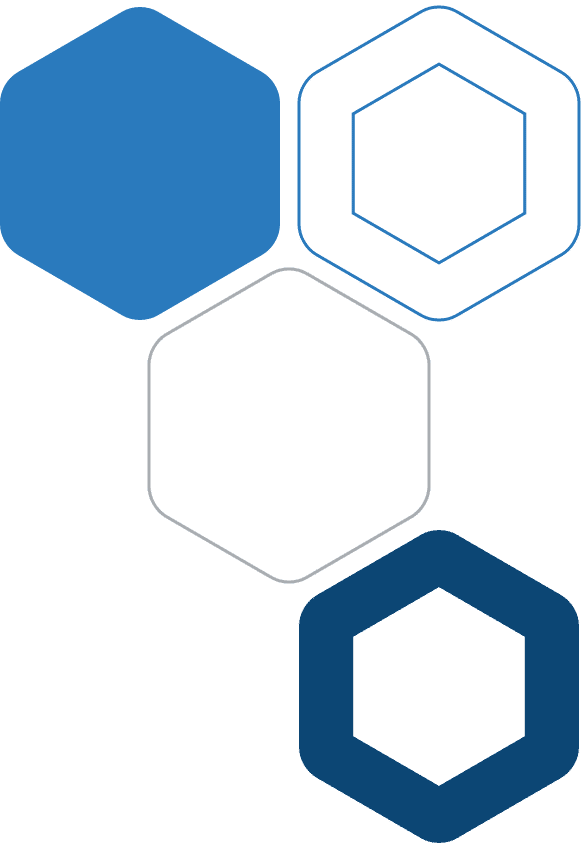Components & Canvas
Overview
The ODA Components & Canvas resources define implementation concepts, principles and best practices needed to evolve BSS and OSS systems into agile, cloud-native solutions.
Technical Architecture
The Technical Architecture provides implementation-specific guidelines for a solution that delivers on the ODA vision. At the heart of the Technical Architecture, we have the TM Forum Components - software building blocks that package logical functionality for ease of reuse.
While the Business and Information Systems segments of ODA are logical concepts, describing the architecture in an implementation-agnostic way, the Implementation architecture, on the other hand, proposes a solution based on a specific implementation. The implementation is based on a set of reusable cloud-native components that expose their functionality and are operated using standardized Open APIs.
Implementation concepts, principles and best practices are documented in the ODA Technical Architecture.
Components
At the heart of the Open Digital Architecture are the TM Forum Components (see the poster here). These are reusable, plug-and-play software building blocks which perform IT and network functions, exposing their functionality through Open APIs.
Components run in a standard cloud infrastructure, the "ODA Canvas", which is defined in the Deployment & Runtime section of ODA. They make their data available to the intelligence layer, to allow real-time decisions to be made about the operation of the architecture.
Components are defined in a machine-readable form, and are designed to operate without the need for human involvement, in order to support “zero-touch operations" and “zero-touch partnering”.
A full definition of the TM Forum components can be found in the document IG1171 ODA Component Definition.
Where can I find specific TM Forum Components?
The list of Components (including planned future components) can be found in the IG1242 ODA Component Inventory. This provides a catalogue of all the Components, alongside a simple view of the specifications that are available now.
An ODA Component Directory where buyers can find software providers of ODA Components, can be found here. This is based on functional mappings of commercial software products to v5 of the ODA Component Inventory published in June 2022.
For guidance on how the Components work together to enable common business scenarios, please refer to IG1228 How to use ODA - Using Open APIs to realize Use Cases.
| Resource Name | Document version | Document type | Team Approved Date | Download |
|---|---|---|---|---|
| Suite | 10 Apr 2025 | |||
| 4.0.1 | How To Guide | 3 Apr 2020 |
| Resource Name | Document version | Document type | Team Approved Date | Download |
|---|---|---|---|---|
|
How to use ODA - Using Open APIs to realize Use Cases v23.0.0 (IG1228) |
23.0.0 | Introductory Guide | 13 Mar 2025 | |
| 18.0.0 | Introductory Guide | 11 Mar 2025 | ||
| 12.0.0 | Poster | 10 Apr 2025 |
Collaboration Projects

Components and Canvas
Work with peers to define TM Forum's reusable plug-and-play Components. This project maintains the master list of Components and defines the Component specifications. The project also covers the ODA Technical Architecture.
Contributing companies and project leaders

Emmanuel Otchere, Huawei
Components and Canvas
Work with peers to define TM Forum's reusable plug-and-play Components. This project maintains the master list of Components and defines the Component specifications. The project also covers the ODA Technical Architecture.
Contributing companies and project leaders


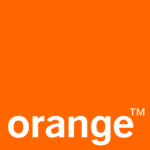
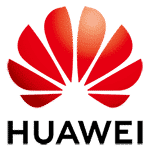
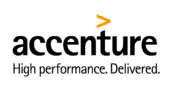
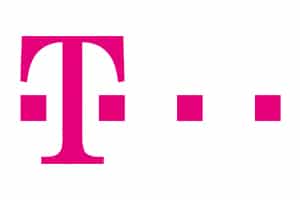
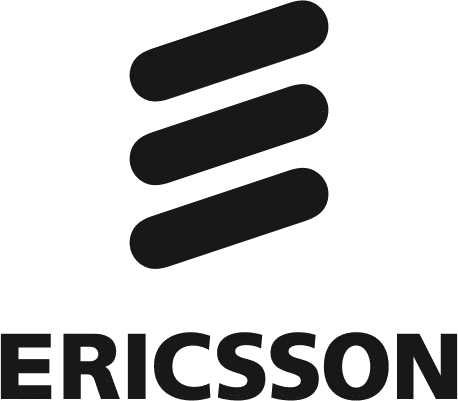




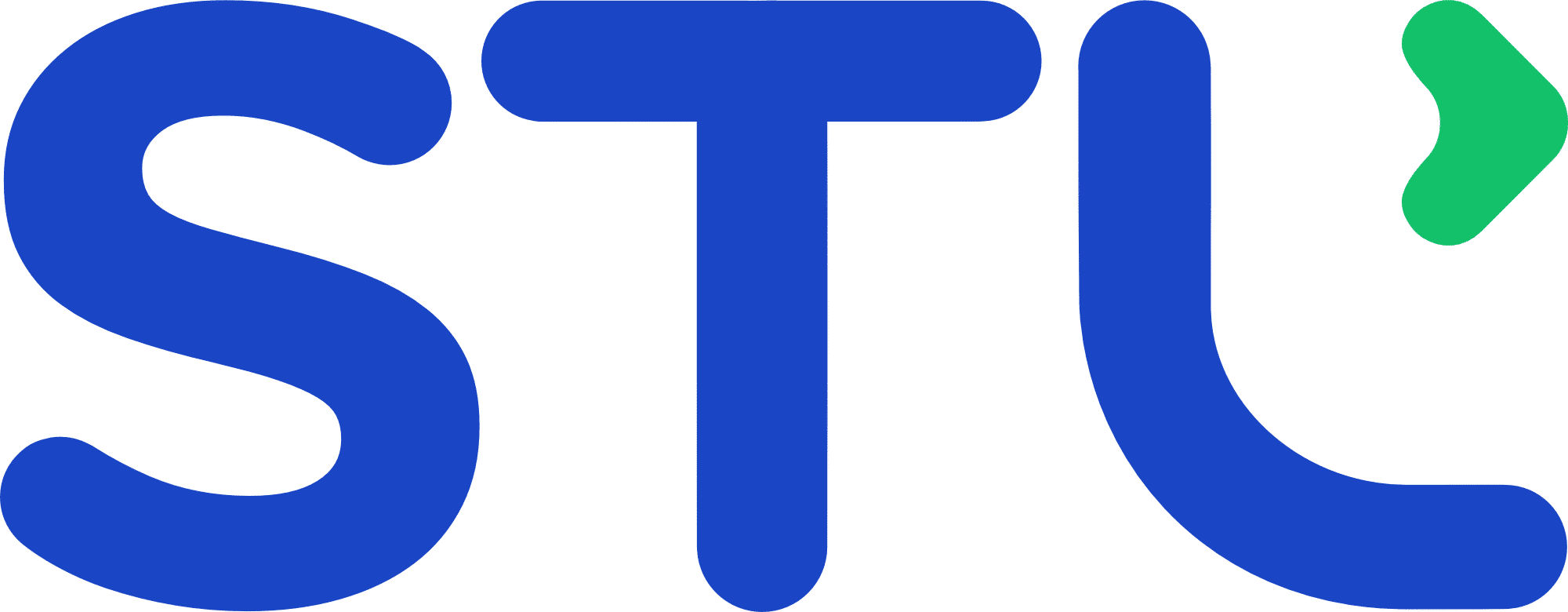



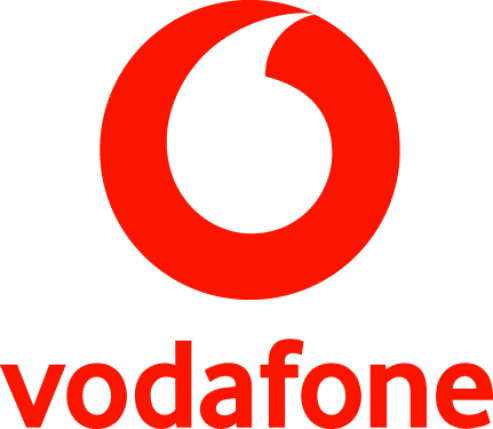
Related Links
